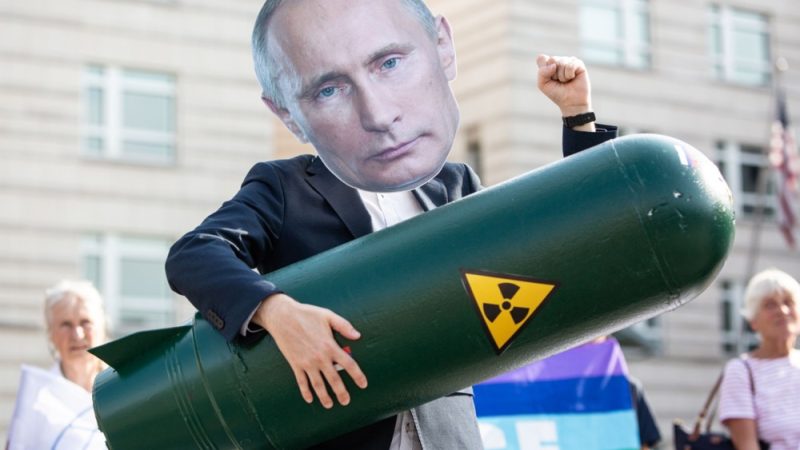- cross-posted to:
- [email protected]
- [email protected]
- cross-posted to:
- [email protected]
- [email protected]
Russia’s state nuclear agency Rosatom said five staff members died during the testing of a rocket on 8 August. Putin presented their widows with top state awards, saying the weapon they were developing was without equal in the world, without naming the Burevestnik.
Many experts are skeptical of Putin’s claims.
The Burevestnik, they say, could have a range of some 15,000 miles (23,000 km) – compared to more than 11,000 miles (17,700 km) for the Sarmat, Russia’s newest ICBM – while its subsonic speed would make it detectable.
“It’s going to be as vulnerable as any cruise missile,” said Kristensen. “The longer it flies, the more vulnerable it becomes because there is more time to track it. I don’t understand Putin’s motive here.”
We looked at the concept and discarded it sixty years ago.
https://en.wikipedia.org/wiki/Project_Pluto
Project Pluto was a United States government program to develop nuclear-powered ramjet engines for use in cruise missiles. Two experimental engines were tested at the Nevada Test Site (NTS) in 1961 and 1964 respectively.
Despite the successful tests, the Department of Defense, the sponsor of the Pluto project, had second thoughts. The weapon was considered “too provocative”,[40] and it was believed that it would compel the Soviets to construct a similar device.[41] Intercontinental ballistic missile technology had proven to be more easily developed than previously thought, reducing the need for such highly capable cruise missiles. The ICBM has several advantages over the SLAM. An ICBM required less ground support and maintenance, and could be launched in minutes instead of several hours, and so was less vulnerable to a nuclear first strike. An ICBM also traveled to its target faster and was less vulnerable to interception by Soviet air defenses. The main advantage of the SLAM was its ability to carry a larger payload but the value of this was diminished by improvements in nuclear weapon design, which made them smaller and lighter, and the subsequent development of multiple warhead capability in ICBMs.[42]
The other major problem with the SLAM concept was the environmental damage caused by radioactive emissions during flight, and the disposal of the reactor at the end of the mission.[42] Merkle estimated that about 100 grams of fission products would be produced, which would be dispersed over a wide area.[8] Although small compared to that produced by a nuclear explosion, it was a problem for testing. It was anticipated that numerous test flights would be required. [42]
Atmospheric nuclear testing was still ongoing in the early 1960s, so the radioactive emissions were not considered to be a major problem by comparison.[43] The noise level was estimated to be a deafening 150 decibels. There was also the possibility of the missile going out of control. The idea of testing it over Nevada was quickly discarded. It was proposed to conduct test flights in the vicinity of Wake Island, flying a figure-eight course. The reactor would then be dumped into the Pacific Ocean where it was 6,000 meters (20,000 ft) deep.[6] By the early 1960s there was increasing public awareness of the undesirable environmental impacts of radioactive contamination of the atmosphere and the ocean, and the radioactive emissions from the missile were considered unacceptable wherever the tests were conducted.[42]
Good grief.
Hooray, a dirty bomb.
EurActiv - News Source Context (Click to view Full Report)
Information for EurActiv:
MBFC: Left-Center - Credibility: High - Factual Reporting: High - Belgium
Wikipedia about this sourceSearch topics on Ground.News






